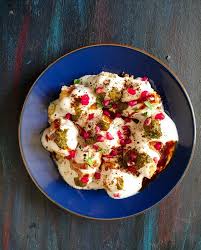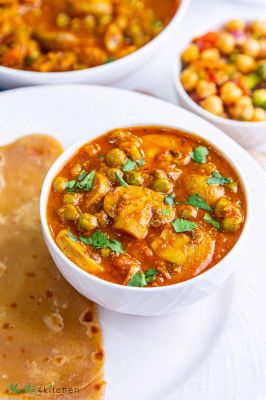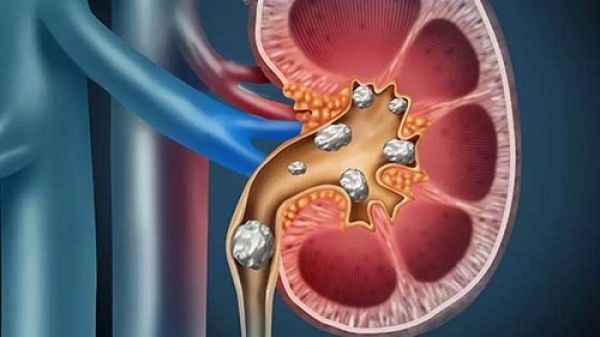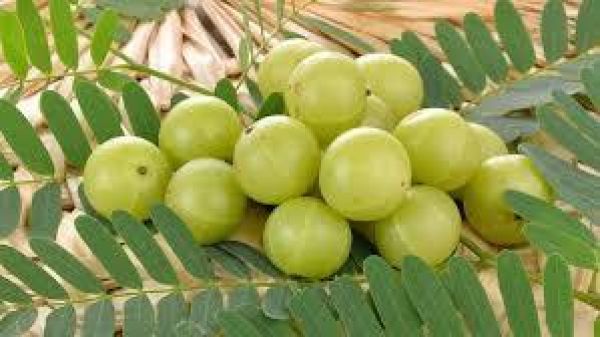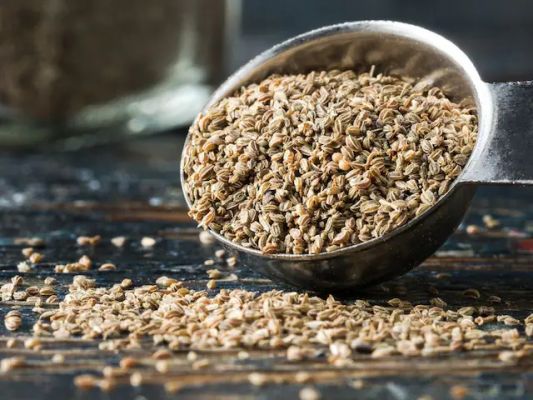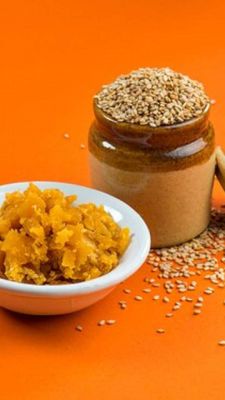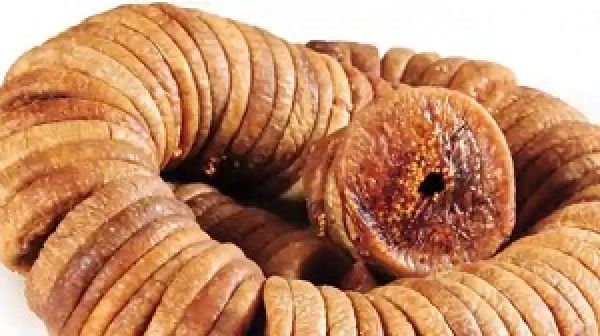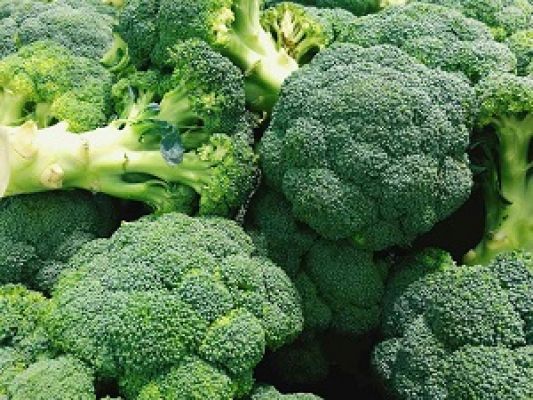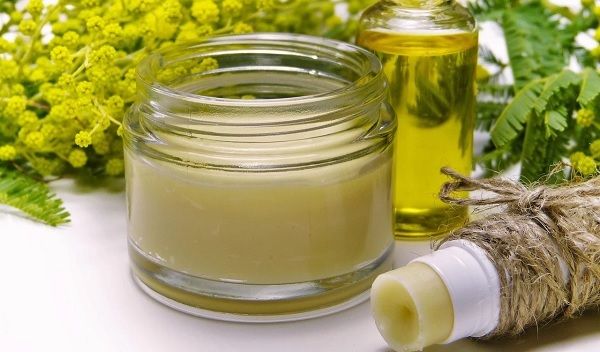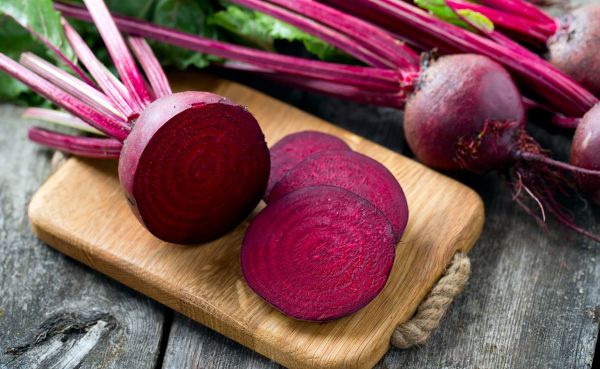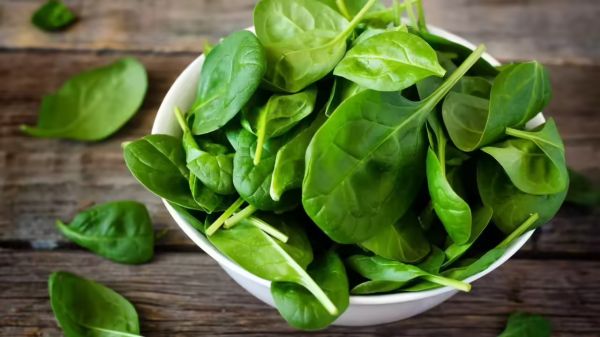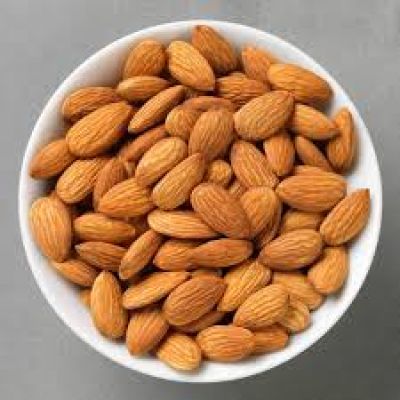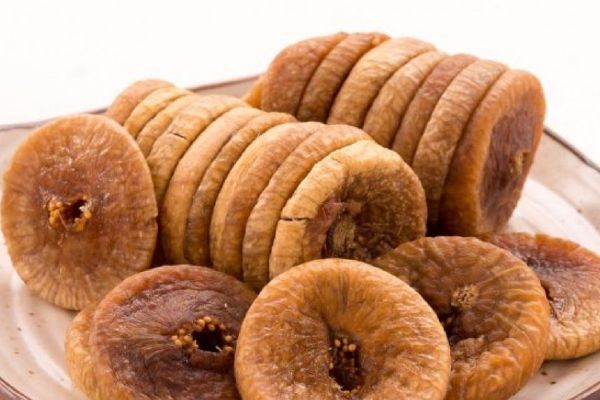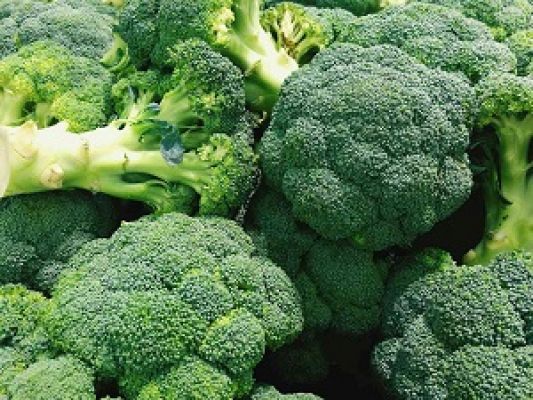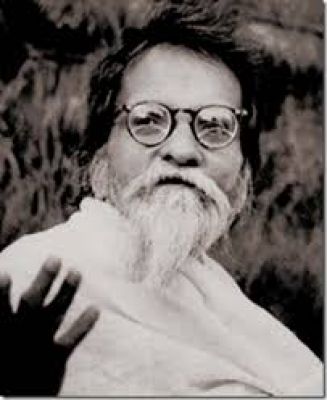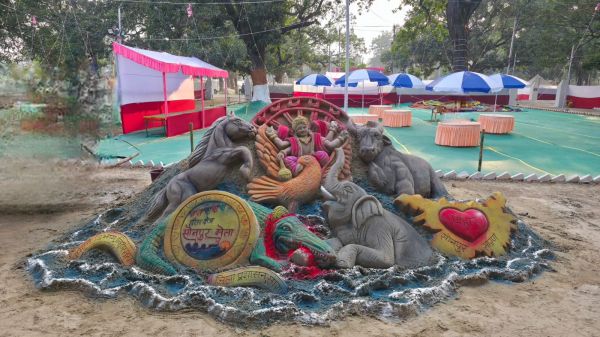Fluffy, tender, tangy and sweet dahi vada are a combination of all your favorite flavors and textures in one tasty snack. They consist of homemade fried lentil dumpling fritters, dunked in creamy whipped yogurt and topped with both spicy and sweet chutneys. Try my heirloom and classic dahi vada recipe with step-by-step photos for a fun appetizer or shareable party treat.
What is Dahi Vada
Dahi Vada are a popular street food from North India. “Dahi” means yogurt and “Vada” means deep fried fritters or dumplings, and the recipe is about as straightforward as it sounds.
Fluffy, melt-in-your-mouth dumplings are coated in a simple creamy yogurt, and topped with classic Indian chutneys.
Dahi vada are often made for special occasions and festivals, but can also be enjoyed anytime for a party snack or appetizer.
A perfect dahi vada recipe starts with tender and puffy homemade fried lentil fritters that are soaked in water, drained, and then covered in tangy whipped yogurt.
These fluffy fritters are traditionally made with the ivory colored skinned urad dal, also known as black gram or urad bean or matpe bean.
Generous helpings of both spicy green coriander chutney and sweet tamarind chutney are beautifully drizzled over the top before serving.
The result is an impressive and delicious snack that includes just the right balance of sour, sweet, savory, and spicy flavors in every bite.
While dahi vada do require some time to make, you’ll quickly see with one taste how very worth every bit of effort they are. And, much of the prep work – like making both of the chutneys and yogurt – can be done well in advance.
Follow my step-by-step instructions with photos below to learn how to make the best traditional, authentic dahi vada recipe from scratch, with tips to ensure they turn out terrific every time.
You can also check the salty and savory South Indian variation of dahi vada called as Thayir Vada which has a complete different taste and flavor profile.
How to make Dahi Vada
Soaking Lentils
1. Soak 1 cup heaped urad dal (200 grams husked and split black lentils) overnight or for at least 4 to 5 hours. Later drain all the water using a colander or strainer. If you prefer, you can rinse the soaked urad dal.
Grinding Lentils
2. Then add the drained and soaked lentils in your trusted blender or mixer-grinder.
3. Add in ½ teaspoon chopped green chilies or serrano/thai chillies, 1 teaspoon chopped ginger, 1 teaspoon cumin seeds, 1 pinch of asafoetida (hing) and salt as needed.
Note: For a gluten-free version, use a gluten-free asafoetida or skip it.
4. Blend or grind adding ¼ cup to ½ cup water in parts to a smooth fluffy batter. Depending on the quality, age of lentils and soaking time the water amount can vary from ½ to ¾ cup. Keep in mind that the batter has a thick to medium-thick flowing consistency.
Grind in two batches or one batch depending on the capacity and size of your blender or mixer-grinder.
TIP 1: Adding a lot of water will make the batter thin which will result in a flat vada that absorbs more oil. A thin or runny batter will always absorb more oil while frying.
TIP 2: If the batter becomes thin or watery, add some rice flour or sooji (rava, semolina) to the batter and mix thoroughly to thicken it. Do not add too much of sooji as it can make the vada have a dense texture.
TIP 3: To check if the batter has the right consistency, place a few drops of batter in a bowl of water. The batter having the right consistency will float on top of the water surface. If the batter has become thin, it will sink or dissolve in the water.
Aerating the Batter
5. Take the ground batter in a bowl with a help of a silicon spatula. Then briskly and vigorously whip the batter for two to three minutes with a spoon, whisk or spatula.
Whipping the batter aerates it and makes it more fluffy and light. As a result, you get softer and porous vada. A photo showing the consistency of the batter.
6. Stir in 1 tablespoon raisins (chopped) and 12 to 15 cashews (chopped roughly). These are optional ingredients and you can skip them if you want.
Checking oil temperature
7. Heat oil as needed for deep frying in a kadai (Indian wok) or pan. Heat oil on medium heat. The oil should reach a temperature of 180 to 190 degrees celsius.
To check without a thermometer, add some droplets of the batter with a spoon. It should sizzle and come up on the surface of oil swiftly and gradually.
If the batter droplets stay at the bottom of the pan, the oil is cold. If it comes up very quickly and becomes too browned or burnt, the oil is very hot.
Frying Vada
8. Once the oil has reached the correct heat or temperature, now you can either drop the batter carefully with your fingers (without touching the hot oil) or with a spoon in medium hot oil. Fry the vada in batches until crisp and golden.
I prefer to use a spoon. You can moisten the spoon with a bit of water, so that the batter slides easily from it.
Make the vada having more or less the same size. If you end up making different sizes, than the smaller sized vada will fry quickly and the larger sized vada will take more time. So do take a note of it and remove the smaller vada when they look golden and crisp all over.
Do not overcrowd the pan or kadai. Overcrowding the pan will lower the oil temperature and as a result the vadas will soak more oil. The vada also expand a bit while frying.
In the photo below, it looks as if the pan is overcrowded with the vada, but actually it is not – blame it on the macro photography!
9. Let the bottom side become light golden and crisp. Then only turn these or they will break in the oil.
10. Flip again and for a couple of times more while frying. This ensures even cooking and you should see a uniform golden color all over.
11. Place the vada on paper towels. This way fry the remaining vada in batches using up the entire batter. If you want use half portion of the batter, then refrigerate the batter for a couple of days or freeze it for a month.
Soaking Vada
12. Wait for 2 to 3 minutes and while they are still hot, add the vada in water (at room temperature) and let them soak for 12-15 minutes. The vada will release some of the oil and absorb water increasing a bit in size with a color change.
13. Press each soaked vada between your palms to remove water. Gently press or else you might end up breaking them
14. Press all the soaked vada this way and keep them aside in a plate or you can arrange them in the bowl or tray that you will be serving dahi vada.
Assembling the add ons for Dahi Vada
15. Beat 2.5 cups chilled curd (yogurt) until smooth. Check the taste of the curd before you assemble. The curd should not taste sour, bitter or acidic. It should be fresh with a pleasant sweet-sour taste. I suggest to use Homemade Curd.
16. Keep your chutneys ready. Here is the photo of the spicy coriander (cilantro) chutney and this is how it is made.
Take the following listed ingredients in a small blender or mixer and blend until smooth.
2 cups coriander leaves (cilantro)
½ to 1 teaspoon amchur powder (dry mango powder)
½ teaspoon chopped garlic
1 teaspoon green chillies
½ teaspoon cumin seeds or cumin powder
salt as required
- 17. Below is the photo of sweet and tart tamarind chutney and you can get its recipe here – Tamarind Chutney. You can prep the chutneys a day earlier before making dahi vada. Refrigerate both the chutneys.
Making Dahi Vada
18. In a large serving bowl or a tray arrange the vada which you had set aside after squeezing the water.
19. Pour the beaten curd evenly all over the vada covering them completely.
20. Pour the green coriander chutney and sweet tamarind chutney as you like.
Serving Suggestions
21. Sprinkle dahi vada with a few pinches of red chili powder or cayenne, roasted cumin powder, ¼ cup pomegranate arils (optional), chaat masala and/or black salt.
Garnish with 2 tablespoon coriander leaves and serve straightway. Or you can refrigerate for a couple of hours before serving.
How to store homemade Dahi Vada
Wrap the dish in plastic cling wrap or transfer to a container with a lid, and keep leftover dahi vada in the refrigerator overnight or for a day only. Any longer and the taste of the yogurt changes.
My recipe makes for 60 vada. The lentil dumplings can be made in advance and frozen before assembling the complete dish. Make the fritters per the recipe instructions, soak in water, and thoroughly squeeze out the water.
Then place in an airtight container and keep in the freezer for up to 1 to 2 months. Defrost overnight in the fridge, and then continue making the complete dahi vada recipe.
Author- Dassana Amit




